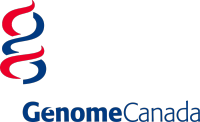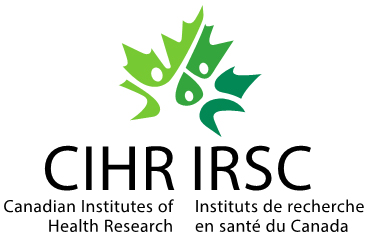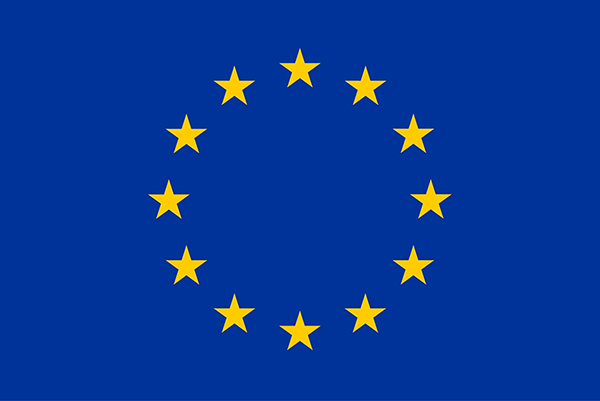What is CanRisk?
CanRisk is an online tool that enables healthcare professionals to calculate an individual's future risks of developing breast and ovarian cancer using cancer family history, genetic and other risk factors. CanRisk also calculates mutation carrier probabilities in breast and ovarian cancer susceptibility genes.

What does CanRisk do?
CanRisk uses the BOADICEA v6 model to calculate breast and ovarian cancer risks based on information entered for the individual which can include personal risk factors, cancer family history, genetic testing for high- and moderate-risk genes, polygenic scores and mammographic density (click to see what information is used). It presents the cancer risks in textual and graphical formats to assist the communication of the results.
Who is CanRisk for?
CanRisk is designed for use by healthcare professionals to help them communicate and discuss breast and ovarian cancer risk with their patients.
Endorsements
- NICE | The National Institute for Health and Care Excellence
- UK Cancer Genetics Group guidelines
- Ontario Breast Screening program
- eviQ Australian guidelines for health professionals
- NCCN | National Comprehensive Cancer Network
- ESMO | European Society of Medical Oncology




